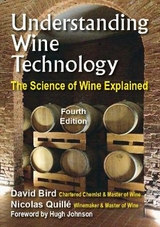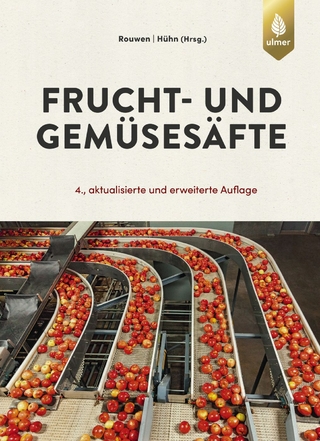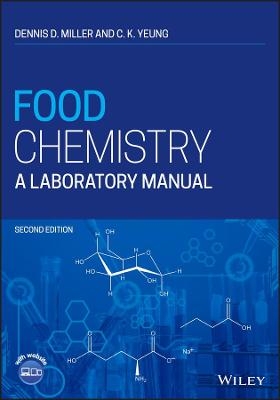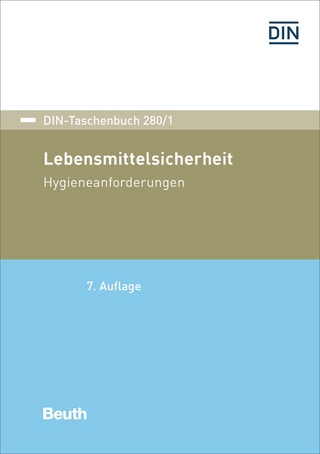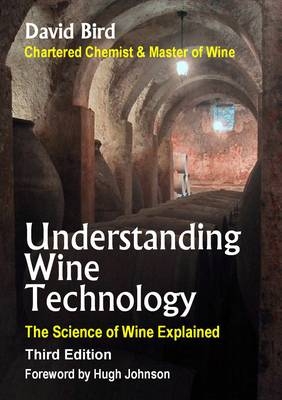
Understanding Wine Technology
DBQA Publishing (Verlag)
978-0-9535802-2-4 (ISBN)
- Titel erscheint in neuer Auflage
- Artikel merken
The production of wine is described in detail from the creation of a vineyard, through the production of grapes and their subsequent processing and quality control, to the bottling of the finished wine. It explains why the choice of land is important in establishing a new vineyard, and how vines and soil interact and thus create the traditional links between region and grape variety. The main part of the book is devoted to the incredibly complex series of operations that constitute the transformation of grape juice into wine. All of this is done without recourse to the knowledge of advanced chemistry. Chemical formulae and equations are kept to the basic minimum that is necessary to explain the changes that occur during these processes. This third edition includes extended chapters on the production of the main categories of wine: red, pink, white, sparkling, sweet and fortified. This section of the book is of particular interest for those who are not studying for exams, but are merely dedicated amateurs who want to know more about how their favourite wine is produced.
There is a chapter devoted to the faults and problems that can occur with wine, giving an explanation of the causes and remedies for each. With quality assurance playing a large role in modern food production, this chapter has been extended to include a large section on Hazard Analysis and Critical Control Points (HACCP) in the production of wine. This process is poorly understood, so the author has included a model HACCP system that can be applied to any winery in the world. The chapter on European wine regulations has been brought up-to-date and the final chapter gives a brief but pertinent description of the correct way to taste wine, thus enabling the drinker to get the maximum enjoyment from each bottle. As Hugh Johnson states in the Foreword: "David's first edition has been my stand-by for years. I have my Peynaud, my Amerine & Joslyn, my Michael Schuster for going deeper where necessary, but it is always good to have Bird in the hand.
This third edition adds a valuable insight into the production of the principal styles of the wines of the world, making it equally interesting for those who are simply lovers of wine and for those who are serious students of the Master of Wine examination. The detailed explanation of the mysteries of Hazard Analysis make this book particularly useful for wineries that are faced with the problems of modern food safety legislation. Essentially, though, it updates the second and makes it available once more to ease the pangs of students young and old." Re-printed in 2012 and 2014.
DAVID BIRD trained as an analytical chemist and entered the food manufacturing business as an analyst working with baby foods, mustard and fruit squashes. He moved into the wine trade in 1973 almost by chance, but in reality because a passion for wine was already developing. 1981 was his vintage year, becoming a Master of Wine and a Chartered Chemist. He specialises in quality assurance techniques, such as ISO 9000 and HACCP, and has been involved with wine activities and education in France, Italy, Spain, Portugal, Hungary, Denmark, Finland, Sweden, Norway, the Netherlands, Ukraine, Moldova, Russia, China, Algeria, Australia, Scotland, Ireland and England. He has been on the panel of judges for the Mercian Vineyards Association, the national panel for the English and Welsh Wine Awards, the Decanter World Wine Awards and the Hungarian Balaton Awards. He plays the organ and is Musical Director of the Cantate choir. His garden is open to the public once a year for charity under the National Gardens Scheme of the UK.
1 The Gift of Nature; 2 In the vineyard; 3 Inside the grape; 4 The role of oxygen; 5 Producing the must; 6 Adjusting the must; 7 Fermentations; 8 Red and pink wine production; 9 White wine and sweet wine production; 10 Sparkling and fortified processes; 11 Wood and maturation; 12 Principal components of wine; 13 Clarification and fining; 14 Tartrate stabilisation; 15 Additives; 16 Filtration; 17 Packaging materials; 18 Storage and bottling; 19 Quality control and analysis; 20 Wine faults; 21 The taste test; 22 Quality assurance; 23 Legislation and regulations.
| Erscheint lt. Verlag | 20.9.2010 |
|---|---|
| Zusatzinfo | colour photographs and diagrams |
| Verlagsort | Newarkl |
| Sprache | englisch |
| Maße | 147 x 208 mm |
| Gewicht | 620 g |
| Themenwelt | Technik ► Lebensmitteltechnologie |
| ISBN-10 | 0-9535802-2-9 / 0953580229 |
| ISBN-13 | 978-0-9535802-2-4 / 9780953580224 |
| Zustand | Neuware |
| Haben Sie eine Frage zum Produkt? |
aus dem Bereich
